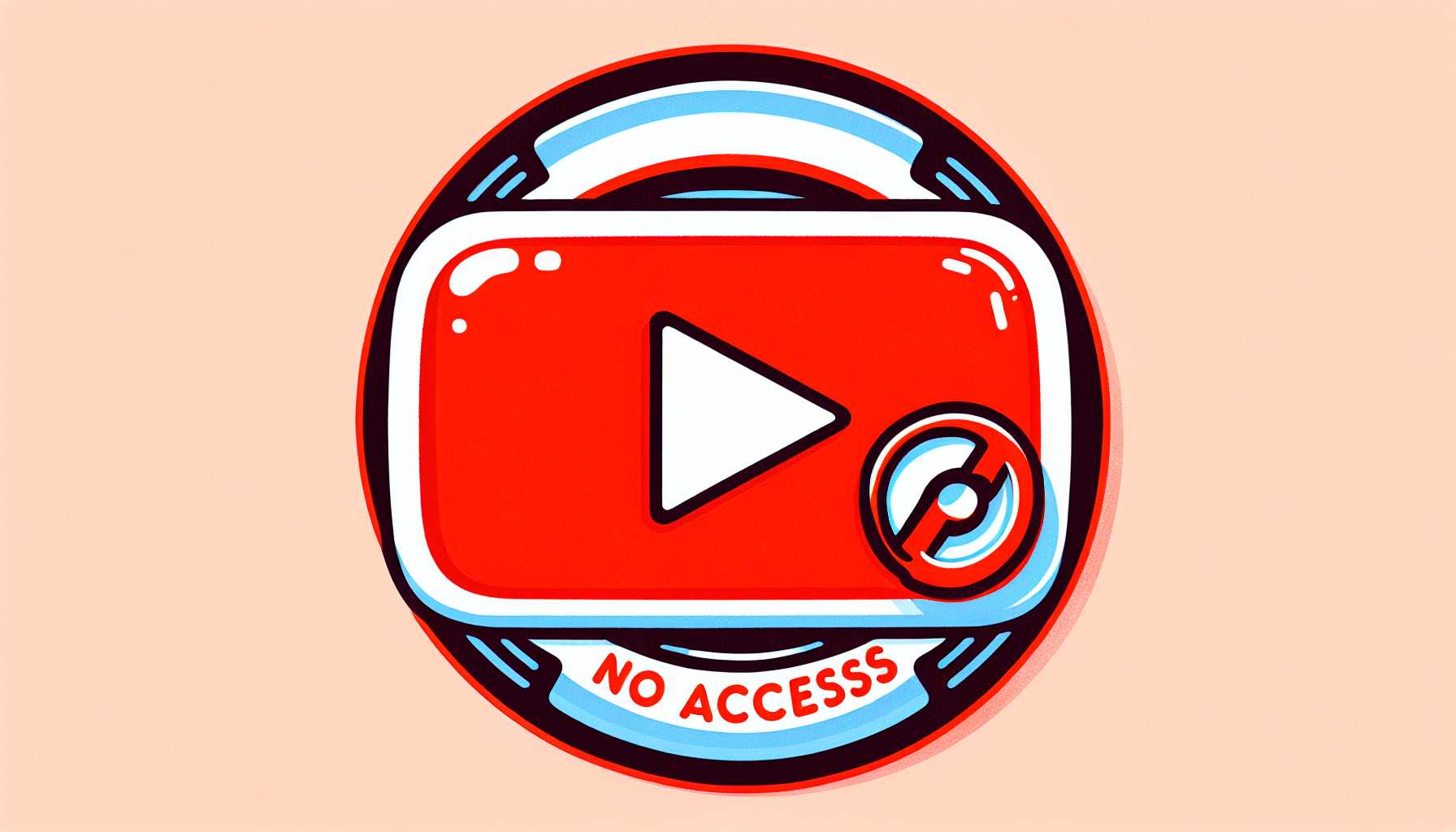The Dark Web Data Bonanza: AT&T’s 73 Million User Leak
In the shadowy realms of the dark web, a tale of a massive data heist has emerged, starring telecommunications supernova, AT&T Inc. (NYSE:T). Grab your virtual popcorn because this cyber saga has all the trappings of a digital noir: 73 million users’ private data, including the holy grail of personal identification – Social Security numbers, email addresses, and more – unceremoniously catapulted into the murky abyss of internet infamy.
The disclosure sends shivers down the spine of every netizen, as it’s not just newcomers but also seasoned veterans of the AT&T digital family who were betrayed. The breach involved not just a handful, beloved readers, but 7.6 million current account holders! As your purveyor of tech-news-euphoria, let me stress that number again – 7.6 million lives now potential targets for identity theft, phishing scams, or worse.
As they scramble to put the pandemonium into perspective, AT&T has gone into full damage control, claiming no evidence of unauthorized system access – a statement met with a Hollywood-worthy eyebrow raise. Stand by for proactive communications and the offer of credit monitoring as AT&T tries to patch the hull of its sinking customer trust ship.
Meet the Master(key)mind: ShiningHacker’s Audacious Cyber Stunt
Every riveting story needs a protagonist, or in this case, an antihero. Enter stage left: ShiningHacker. This name might not resonate with the sound of “knight in shining armor,” and rightly so. This is the keyboard warrior behind this brazen breach.
ShiningHacker is no stranger to the limelight, with cameo appearances in breaches featuring Wattpad, Tokopedia, and the GitHub of none other than Microsoft Corp. The plot thickens as AT&T’s words become as porous as Swiss cheese. Initially, they denied the possibility of a breach when the first crumbs of data were discovered. Yet, ShiningHacker bestowed their version of an impassive shoulder shrug, saying, “I don’t care if they don’t admit. I’m just selling.” It’s not just a line sale folks; it’s a full-fledged auction starting at the handsome price of $200,000, with buy-it-now tags hanging a $1 million price.
A Digital Pandemic: Telecoms in The Cyber Crosshairs
You’d think we’re discussing the latest blockbuster, but no, this is the stark reality of today’s digital landscape – a cyber pandemic where telecom giants become juicy targets for online predators. Take T-Mobile, for instance, with its 2023 debacle impacting a whopping 37 million customers. Let’s not forget Verizon Communications Inc., which also joined this unenviable club with a breach of its own.
It’s no longer just about firewalls and antivirus software. The Federal Communications Commission (FCC) had to step in with an authoritative hand, redefining what constitutes a “breach” and ensuring providers of telecommunications and VoIP services get serious about customer data protection. A move that’s less of a silver bullet and more of a forged shield in the ongoing battle for digital security.
Meta’s “Made with AI” Badge: A Step Towards Transparency or a Stumbling Block?
Changing gears to the realm of content creation, where the line between reality and computer-generated fantasy blurs with every pixel, Meta takes a bow on stage. The company laid out plans to adorn a “Made with AI” badge over a broader array of digitally-crafted materials, escalating transparency in the onslaught of AI-generated content.
This initiative is not merely a cosmetic change but a response to the Meta Oversight Board’s suggestion – a call to action fueled by an incident involving a doctored video of President Joe Biden. With the elections nigh in 2024, this is more than just housekeeping. It’s a measure to maintain the integrity of content and uphold the freedom of speech without letting misinformation run wild.
Yet, while Meta applies its badges and raises its transparency banner, not all will escape the digital guillotine. Posts that transgress the binding community standards will be promptly dismissed, regardless of their AI or human origins.
YouTube to OpenAI: Keep Off My Lawn!
The plot further thickens, my dear readers, as YouTube’s CEO Neal Mohan plants a firm flag on the platform’s content. He sends an unambiguous message to OpenAI: using YouTube’s treasure trove of videos to train their latest AI model, Sora, would be crossing the line. “Clear violation” were the words chosen – words that echo across Silicon Valley corridors.
This dramatic chapter opens further discourse on the ethics of AI development. OpenAI’s Mira Murati admitted to the uncertainty surrounding Sora’s data sources, which only inflames the debate. Meanwhile, Google, OpenAI’s rival and YouTube’s parent company, is watching from the shadows, abiding by the rules and waiting for its chance to strike with its model, Gemini.
The AI Scammer’s Playbook: The New Frontier of Digital Deception
Under the veil of artificial intelligence, scammers are evolving, composing more convincing foul-play symphonies. The instrument of choice? AI-generated images sprucing up phony “copyright infringement notices” and injecting renewed believability into old scams.
As the curtain falls on the supposedly reputable “law firm,” Commonwealth Legal, we unveil the grim revelation that those faces of the law were nothing but pixels birthed by AI. It’s a cautionary tale of vigilance in a digitized era where reverse image searches are akin to digital armor amidst a battleground of deception.
We stand at the precipice, holding a double-edged sword – AI can be a tool for creation and progress or an enabler of digital trickery.
Conclusion: The Cybersecurity Conundrum in a Digital Age
As your digital raconteur weaving tales of tech woe and progression, let’s hit pause and reflect. This is the world we navigate – a boundless ocean of information where data breaches like AT&T’s serve as stark reminders of the fragility of our digital identities.
As Meta badges content and YouTube defends its creative fortress, we are reminded that with great power comes great responsibility – a tenet as true for AI developers and tech giants as it is for all cyber citizens.
So whether you’re an industry insider, a tech aficionado, or simply a curious onlooker, stay informed, updated, and engaged. Only together can we brave the currents of this dynamic digital realm






